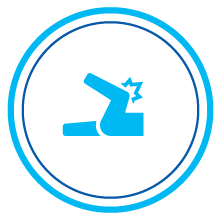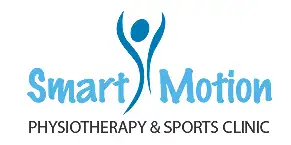What is Acupuncture?
Acupuncture is based on the concept that the body has an energy force running through it, known as Qi. This energy flows through pathways in the body called meridians. When Qi is balanced and flowing freely, the body is in a state of health. However, when this flow is blocked or unbalanced, it can lead to illness or pain. Acupuncture aims to restore the balance of Qi by stimulating specific points along these meridians.
How Does Acupuncture Work?
Acupuncture points are specific locations on the body where needles are inserted to influence the flow of Qi. These points are believed to be gateways to the meridians, allowing for the correction of imbalances and the promotion of natural healing processes. When needles are inserted into these points, they stimulate the body’s central nervous system, releasing chemicals into the muscles, spinal cord, and brain. These biochemical changes can promote physical and emotional well-being.
Benefits of Acupuncture
- Pain Relief: People widely recognize acupuncture for its effectiveness in managing pain, including chronic pain, back pain, arthritis, headaches, and migraines.
- Stress Reduction: By promoting relaxation and reducing stress hormones, acupuncture can help alleviate anxiety and depression.
- Improved Sleep: Acupuncture has been shown to improve sleep quality and treat insomnia by balancing the body’s energy and reducing stress.
- Digestive Health: It can help with digestive issues such as irritable bowel syndrome (IBS), acid reflux, and constipation by regulating the digestive system.
- Enhanced Immune Function: Acupuncture can strengthen the immune system, helping the body resist infections and illnesses.
- Hormonal Balance: It can help regulate hormonal imbalances, which can be beneficial for conditions such as PMS, menopause symptoms, and fertility issues.
What to Expect During an Acupuncture Session
- Consultation: Your acupuncturist will begin with a thorough consultation to understand your health history, current symptoms, and wellness goals.
- Treatment Plan: Based on this information, the acupuncturist will develop a personalized treatment plan. This plan will outline the specific acupuncture points to target and recommend the number of sessions needed.
- Needle Insertion: The acupuncturist will insert thin, sterile needles into specific points on your body. The insertion is usually painless, though you might feel a slight pinch or tingling sensation.
- Relaxation: Once the needles are in place, you will typically lie still and relax for 15-30 minutes. This time allows the needles to stimulate the energy flow and promote healing.
- Removal: After the treatment period, the acupuncturist will gently remove the needles. Most people feel relaxed and rejuvenated after a session.
Safety and Side Effects
Acupuncture is generally safe when performed by a trained and licensed practitioner. The needles used are sterile, single-use, and disposable to prevent infection. Common side effects are minor and may include slight soreness, bruising, or bleeding at the needle insertion sites. It is important to inform your acupuncturist of any health conditions or medications you are taking to ensure a safe and effective treatment.
It’s important to note that acupuncture is not a substitute for medical care, and it’s always best to consult with a healthcare provider before trying any new treatment.


